One of the things to do in Colombia is to hike Valle de Cocora. This valley, located in the department of Quindio in the Central Cordillera of the Andes Mountains, is home to the rare Quindio wax palm, which is the national tree of Colombia. These lanky, spindly trees are actually the tallest palm trees in the world, reaching heights of 60 meters. Much like the Coastal Redwoods of North America, these wax palm trees only inhabit a very specific habitat, namely the western slopes of the Andes between 8-9,000 feet. Furthermore, these very slow-growing trees exist in a symbiotic relationship with the endangered yellow-eared parrot. In return for shelter and food, the parrot fertilizes and disperses the wax palm seed. It’s a complex and delicate ecosystem and not surprisingly in this modern world one that is under extreme pressure. Fortunately the Colombian government managed to divert a little attention away from the cocaine wars to add Valle de Cocora to the existing Los Nevados National Natural Park in 1985, thus according the tree and the parrot protected status. One can only hope the yellow-eared parrot does not go the same way as its distant cousin, the Norwegian blue!
Actually getting to Valle de Cocora as Colombia continues to suffer from flooding of biblical proportions is a challenge, but as usual throw enough money at the problem and someone will risk the mudslides and water slides to take Christi and I where we want to go. Of course we may need to take out a second mortgage at this rate of spend!
Unlike wildlife, the wax palms cannot hide so they are pretty easy to spot (standing tall and elegant against dazzling green slopes of the valley) once we reach the tiny community of Cocora some two hours after leaving the Hacienda Bambusa. Despite the advice of the locals to use horse, Christi and I elect to hike on foot. Perhaps it’s more accurate to say that the prospect of getting on the back of a horse for the first time in my life was too scary to contemplate. It was, of course, completely the wrong decision. We brought hiking shoes and sandals, but what we really need are waist-high waders to have any hope of negotiating the feces-infused quagmire of a trail that stretches out before us. The trail, squeezed between private properties and marked by barbed wire, resembles a jagged scar carved into the otherwise verdant slopes. Having come this far, though, we have to at least try to hike. We cling to a thin sliver of grass beside the sodden trail tight against the barbed wire fence for 90-minutes making slow, clumsy progress. Neither of us is too thrilled with the hike, although the abundant wax palms keep us company. A party of tourists on horseback comes hurtling through the mire at one point, churning up more mud and feces and we scuttle to the edge of the trail to avoid flying hoofs and flying poo.
We hike for a total of 3 slippery hours, the last 30-minutes in pouring rain, which puts it right up there with Day 2 of our Roraima trek and the tour of Rio for sheer entertainment value. The atrocious weather continues until we reach the Hacienda Bambusa where, as sod’s law would have it, the weather has been perfect all day. The bath tub takes a beating as we try to clean up, but at least we have hot water, and we are eventually rewarded with another excellent dinner.
Blog post by Roderick Phillips, author of Weary Heart – a gut-wrenching, heart-wrenching, laugh-wrenching story.
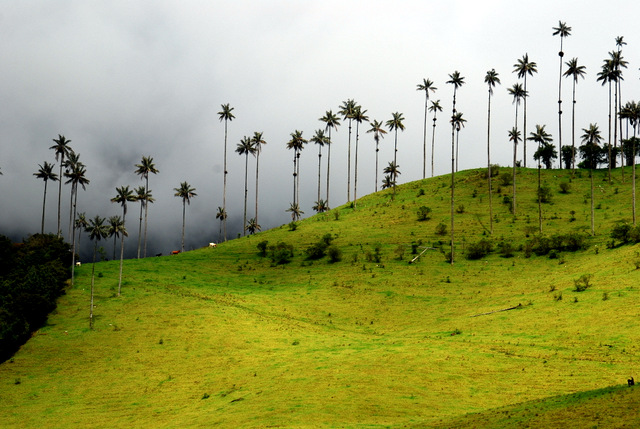
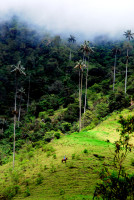
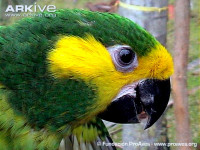
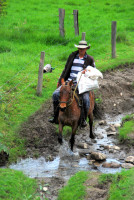

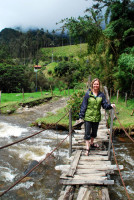
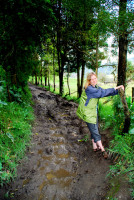
Speak Your Mind